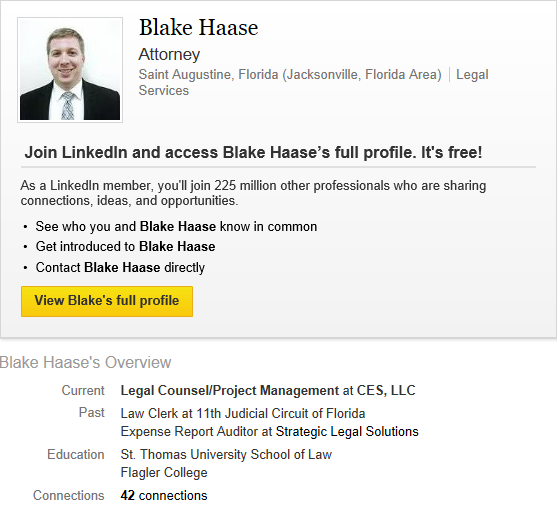As we’ve been focusing on employment issues recently, we thought it was pertinent to begin with LinkedIn.
What is LinkedIn?
LinkedIn is a professional networking site. It allows users to create profiles that showcase their current and past work experience, educational background, and skills that they may have. Users can also connect with individuals and join groups based upon their industries, interests, and affiliations. This allows LinkedIn members to network with one another to find new business and job opportunities. Currently, the main users of LinkedIn are professionals looking for new job opportunities, employers and recruiters looking to hire new talent, and managers and executives searching for new business ventures and partners.
One important thing to note about LinkedIn is that privacy settings can be very stringent. While many people leave their profiles open to attract more traffic, it can be difficult to glean information from a profile without being connected to the individual. However, you can still often access information by being connected to a user who is connected to the individual of interest.
What Can You Learn From LinkedIn?
In order to demonstrate how you can pull information off of LinkedIn, our Legal Counsel, Blake Haase, volunteered his LinkedIn profile.
When
you look at Mr. Haase’s page, you can see a brief overview of his work
experience and the number of connections he has made on LinkedIn. If you scroll
down a little further you will notice he has listed out some of his job duties
and a few projects he has worked on during his professional career. In
addition, you will find information about the degrees he earned, his listed
skills, and the groups he belongs to. Cumulatively, this page paints a basic
profile of Mr. Haase’s job experience and qualifications.
In
addition, if you are logged in to an account and are connected to the
individual, you can access a connection chart that will show your commonalities
with the person of interest.
How Can You Use Information Found on
LinkedIn?
The
major use of LinkedIn is obviously employment related. Whether you are an
employer vetting out applicants or a firm conducting background checks on
behalf of another organization, LinkedIn’s strongest usage is in constructing
educational and professional profiles. This information can be used to corroborate
or find inconsistencies in information provided by prospective employees on
resumes and applications, and it can provide additional information about the
individual’s past history that was omitted from their resume. However, it can
also be used for basic investigative purposes: constructing timelines, building
connections, learning interests and skills, and gaining more general insight
into your person of interest.
Conclusion
Not all
social media sites are created equally. Each one has its own unique set of data
and serves a different set of purposes. As technology evolves, the usage of and
the information found on each site will evolve along with it. It is up to us as
investigators and analysts to keep abreast of these trends and provide the best
services possible.


